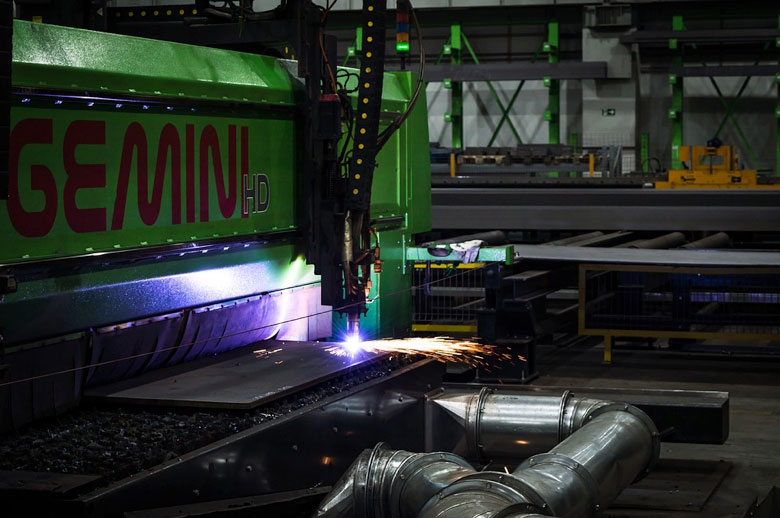October 24, 2019
Sheet metal fabrication involves cutting, bending, and perforating a piece of metal. These manufacturing processes are surprisingly accurate, but they leave room for errors that may compromise the final design. Design for Manufacturing (DFM) guidelines are used to ensure that a design can be accurately reproduced by the available technology. DFM is used for all manufacturing processes, including 3D printing and injection molding, but the guidelines are particularly important for metal fabrication.

Most DFM guidelines are intended to keep the sheet metal from warping, tearing, or cracking. This can happen either during the manufacturing process or when the product is in use. In general, leave enough space between design features so that slight variations in the metal will not impact the final structure.
Designs that follow DFM guidelines are as streamlined and easy to produce as possible. This can be accomplished by reducing the part count, making sure that the product is easy to assemble, and checking that the design does not stress the limits of current manufacturing capabilities. These guidelines result in lower production costs and designs that are easy to recreate for future applications.
In this episode, I sat down with Beejan Giga, Director | Partner and Caleb Emerson, Senior Results Manager at Carpedia International. We discussed the insights behind their recent Industry Today article, “Thinking Three Moves Ahead” and together we explored how manufacturers can plan more strategically, align with their suppliers, and build the operational discipline needed to support intentional, sustainable growth. It was a conversation packed with practical perspectives on navigating a fast-changing industry landscape.